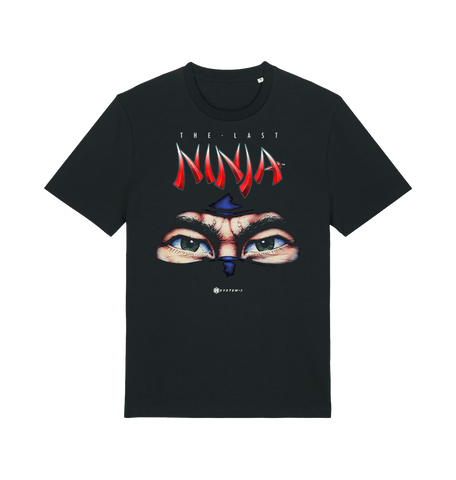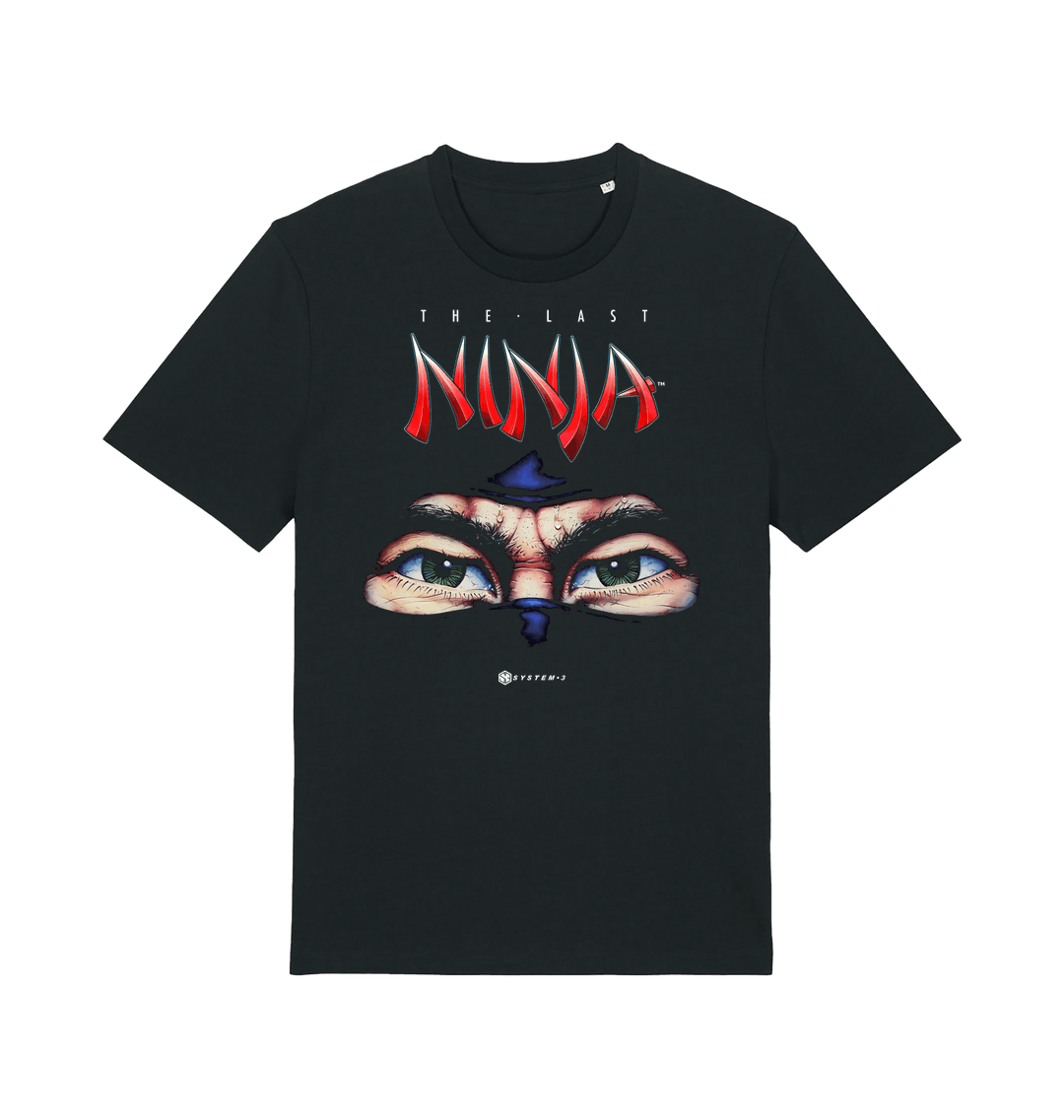
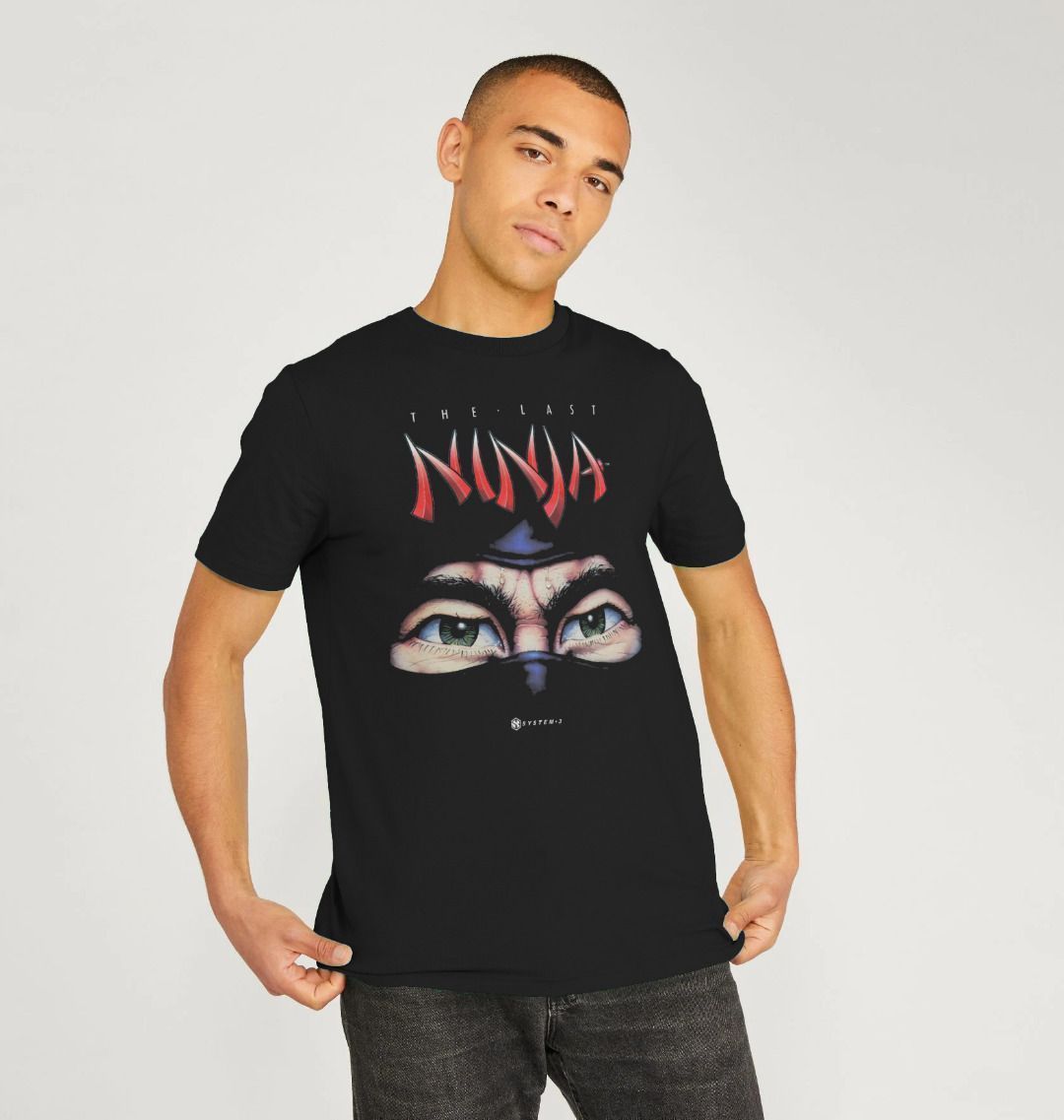
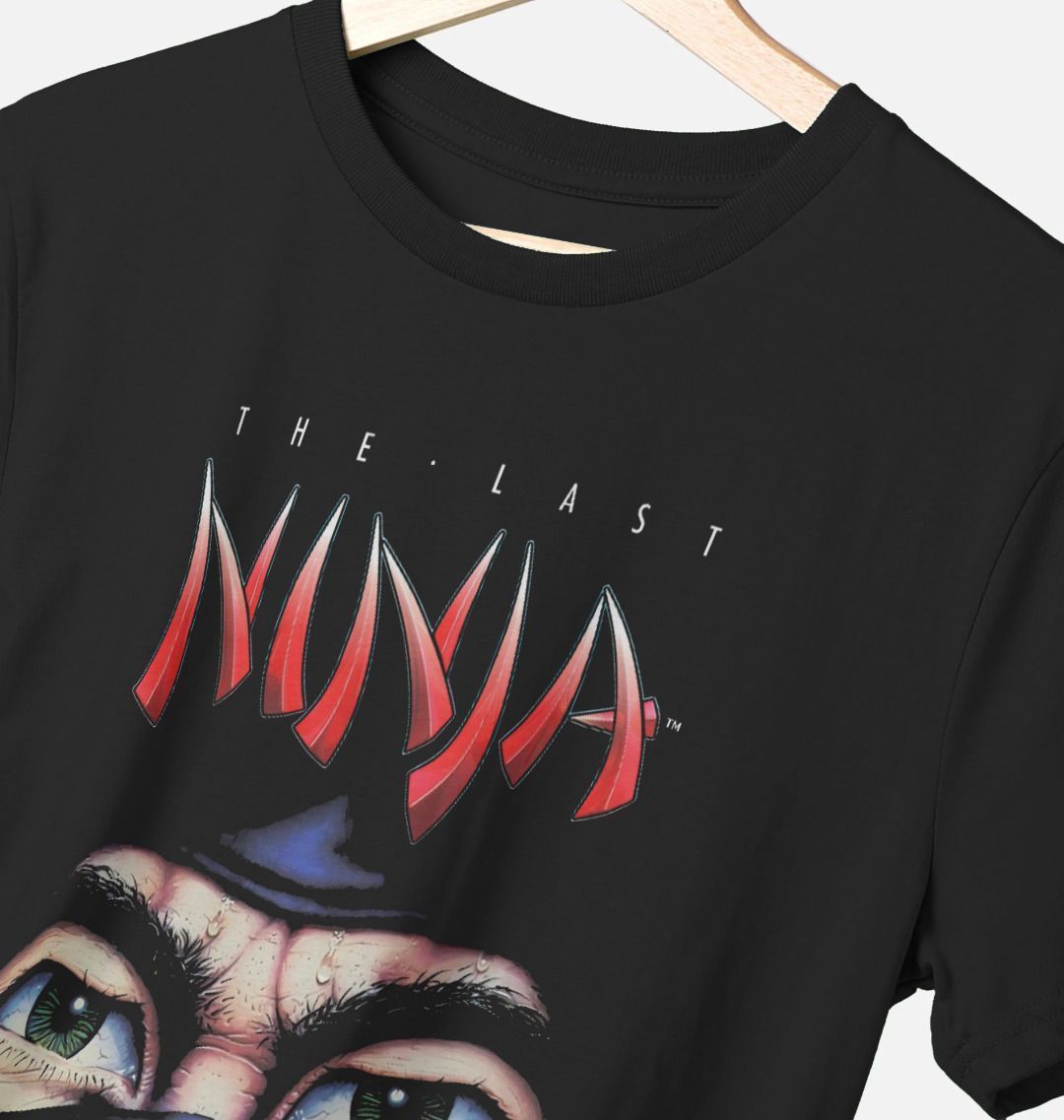
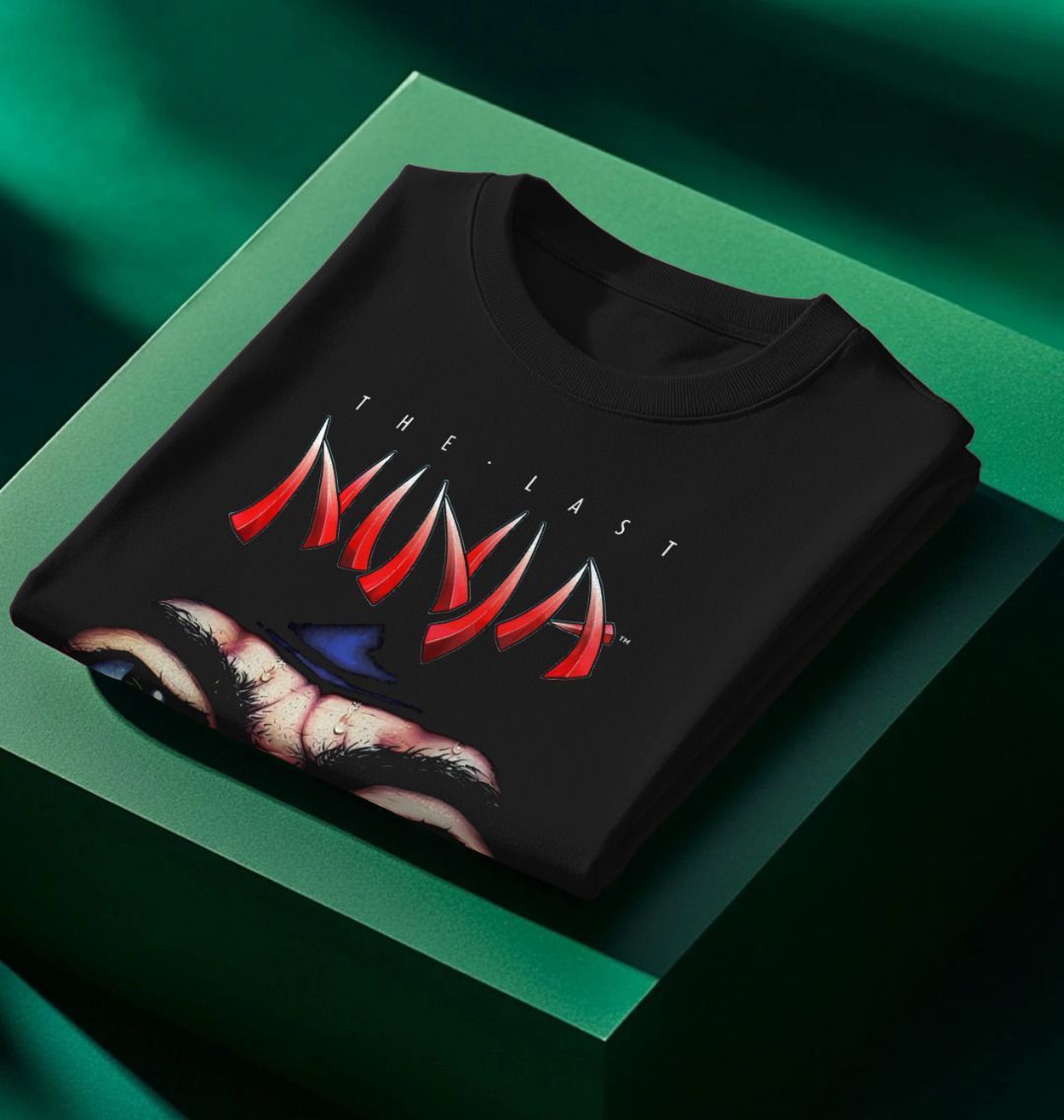
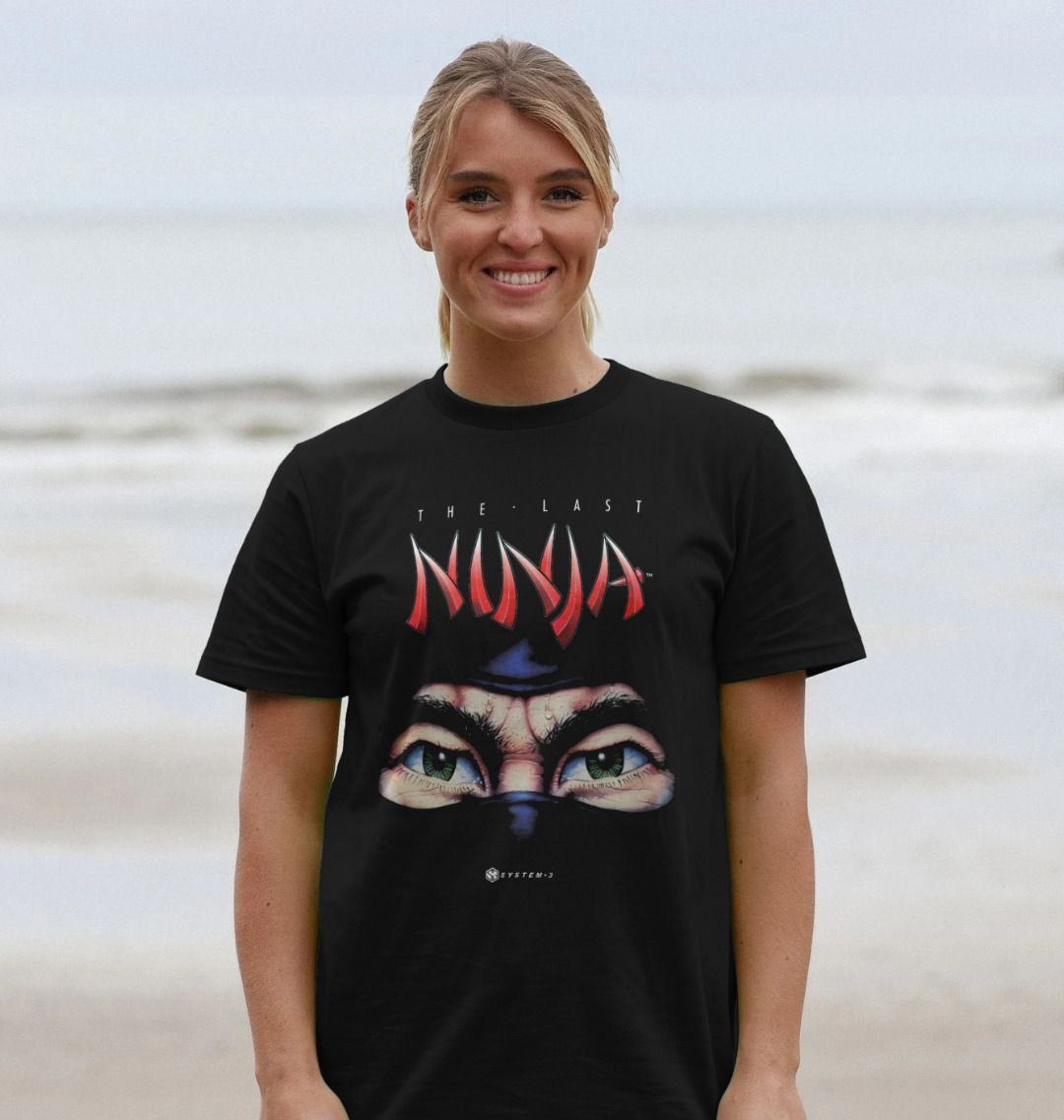
Size Guide
Adult Unisex T-Shirts
Chest: Measure all around your chest just below your armpits.
Please review the guide below carefully. If you are in between sizes, we recommend choosing one size up for the best fit.
| XXS | XS | S | M | L | XL | 2XL | 3XL | 4XL | 5XL | |
|---|---|---|---|---|---|---|---|---|---|---|
| Half Chest | 45.5 cm | 47.5 cm | 49.5 cm | 53.5 cm | 56.5 cm | 59.5 cm | 63.5 cm | 67.5 cm | 72.5 cm | 77.5 cm |
| Body Length | 62cm | 65cm | 69cm | 73cm | 75cm | 77cm | 79cm | 81cm | 83cm | 84cm |
| Sleeve Length | 20 cm | 21 cm | 22.5 cm | 24 cm | 24.5 cm | 25 cm | 25.5 cm | 26 cm | 26 cm | 26 cm |
Actual garments may vary in measurements up to 10%, this is unavoidable due to cutting and sewing processes.
Product Specification
Certified Organic Cotton t-shirt, 180g/m². Quality finish with side seams for a structured loose fit. Wash cool, hang dry. GM free. Not tested on animals. Does not contain animal-derived products. Printed with low waste printing tech. Made in a renewable energy powered factory audited for a wide range of social and sustainability criteria.
Care instructions
Wash at 30°C, No Bleach, Do not Tumble Dry, Do not Dry Clean, Delicate Iron. Wash similar colours together, no ironing on print, wash and iron inside out.
Kids T-Shirts
Chest: Measure all around your chest just below your armpits.
Height: Your natural height
| 3-4 years | 5-6 years | 7-8 years | 9-11 years | 12-13 years | |
|---|---|---|---|---|---|
| Height | 98-104cm | 110-116cm | 122-128cm | 134-146cm | 152-158cm |
| Half Chest | 34cm | 36cm | 38cm | 42cm | 46cm |
| Body Length | 43cm | 47cm | 52cm | 59cm | 66cm |
If you fall between the sizes, go for the larger of the two.
Product Specification
Certified Organic Cotton t-shirt, 155g/m². Quality finish with side seams for a structured loose fit. Wash cool, hang dry. GM free. Not tested on animals. Does not contain animal-derived products. Printed with low waste printing tech. Made in a renewable energy powered factory audited for a wide range of social and sustainability criteria.
Care instructions
Wash at 30°C, No Bleach, Do not Tumble Dry, Do not Dry Clean, Delicate Iron. Wash similar colours together, no ironing on print, wash and iron inside out.
Women's T-Shirts
Chest: Measure all around your chest just below your armpits.
Please review the guide below carefully. If you are in between sizes, we recommend choosing one size up for the best fit.
| XS | S | M | L | XL | 2XL | |
|---|---|---|---|---|---|---|
| Half Chest | 45 cm | 48 cm | 51 cm | 54 cm | 57 cm | 61 cm |
| Body Length | 56.5 cm | 59.5 cm | 61.5 cm | 63.5 cm | 65.5 cm | 67.5 cm |
| Sleeve Length | 18 cm | 18.5 cm | 19 cm | 19.5 cm | 20 cm | 20.5 cm |
Product Specification
Certified Organic Cotton t-shirt, 180g/m². Quality finish with side seams and a medium fit. Wash cool, hang dry. GM free. Not tested on animals. Does not contain animal-derived products. Printed with low waste printing tech. Made in a renewable energy powered factory audited for a wide range of social and sustainability criteria.
Care instructions
Wash at 30°C, No Bleach, Do not Tumble Dry, Do not Dry Clean, Delicate Iron. Wash similar colours together, no ironing on print, wash and iron inside out.
Adult Hoodies
Chest: Measure all around your chest just below your armpits.
| XS | S | M | L | XL | 2XL | 3XL | 4XL | 5XL | |
|---|---|---|---|---|---|---|---|---|---|
| Half Chest | 49cm | 51cm | 56cm | 61cm | 65cm | 69cm | 73cm | 78cm | 83cm |
| Body Length | 64cm | 67cm | 70cm | 73cm | 76cm | 79cm | 82cm | 86cm | 90cm |
| Sleeve Length | 57.5 cm | 59.0 cm | 60.5 cm | 62.0 cm | 63.5 cm | 65.0 cm | 66.5 cm | 68.5 cm | 70.5 cm |
If you fall between the sizes, go for the larger of the two.
Product Specification
70% Ring spun cotton, 30% polyester - 280g/m². Wash cool, hang dry. GM free. Not tested on animals. Does not contain animal-derived products. Printed with low waste printing tech. Made in a renewable energy powered factory audited for a wide range of social and sustainability criteria.
Care instructions
Wash at 30°C, No Bleach, Do not Tumble Dry, Do not Dry Clean, Delicate Iron. Wash similar colours together, no ironing on print, wash and iron inside out.
Collectors Limited Edition Premium Hoodies
Chest: Measure all around your chest just below your armpits.
| XS | S | M | L | XL | 2XL | 3XL | 4XL | 5XL | |
|---|---|---|---|---|---|---|---|---|---|
| Half Chest | 53cm | 55cm | 59cm | 62cm | 65cm | 69cm | 73cm | 78cm | 83cm |
| Body Length | 67cm | 71cm | 74cm | 76cm | 78cm | 80cm | 82cm | 84cm | 85cm |
| Sleeve Length | 60.5 cm | 64.5 cm | 66.5 cm | 68.5 cm | 69.0 cm | 69.5 cm | 69.5 cm | 69.5 cm | 69.5 cm |
If you fall between the sizes, go for the larger of the two.
Product Specification
Certified Organic Cotton, 350g/m². 100% Ring spun combed cotton. Wash cool, hang dry. GM free. Not tested on animals. Does not contain animal-derived products. Printed with low waste printing tech. Made in a renewable energy powered factory audited for a wide range of social and sustainability criteria.
Care instructions
Wash at 30°C, No Bleach, Do not Tumble Dry, Do not Dry Clean, Delicate Iron. Wash similar colours together, no ironing on print, wash and iron inside out.
Kids Hoodies
Chest: Measure all around your chest just below your armpits.
| 1/2 Years | 3/4 Years | 5/6 Years | 7/8 Years | 9/11 Years | 12/13 Years | |
|---|---|---|---|---|---|---|
| Half Chest | 37cm | 39cm | 41cm | 43cm | 46cm | 49cm |
| Body Length | 42cm | 44cm | 48cm | 52cm | 57cm | 62cm |
| Sleeve Length | 35cm | 37cm | 40cm | 43cm | 47cm | 51cm |
If you fall between the sizes, go for the larger of the two.
Product Specification
80% Ring Spun Cotton, 20% polyester - 280g/m². Wash cool, hang dry. GM free. Not tested on animals. Does not contain animal-derived products. Printed with low waste printing tech. Made in a renewable energy powered factory audited for a wide range of social and sustainability criteria.
Care instructions
Wash at 30°C, No Bleach, Tumble Dry low heat, Do not Dry Clean, Delicate Iron. Wash similar colours together, no ironing on print, wash and iron inside out.
Baby Rompers
Chest: From underarm seam to seam across the chest.
Length: From the side neck point to crotch.
| 0-3m | 3-6m | 6-9m | 9-12m | 12-18m | 18-24m | |
|---|---|---|---|---|---|---|
| Chest | 23.5 cm | 24.5 cm | 25.5 cm | 26.5 cm | 27.5 cm | 28.5 cm |
| Length | 38cm | 41cm | 43cm | 45cm | 47cm | 49cm |
The measurements listed above are actual garment measurements.
Product Specification
Certified Organic Cotton with envelope neckline and bottom popper closure, 200g/m². Wash cool, hang dry. GM free. Not tested on animals. Does not contain animal-derived products. Printed with low waste printing tech. Made in a renewable energy powered factory audited for a wide range of social and sustainability criteria.
Care instructions
Wash at 30°C, No Bleach, Do not Tumble Dry, Do not Dry Clean, Delicate Iron. Wash similar colours together, no ironing on print, wash and iron inside out.
